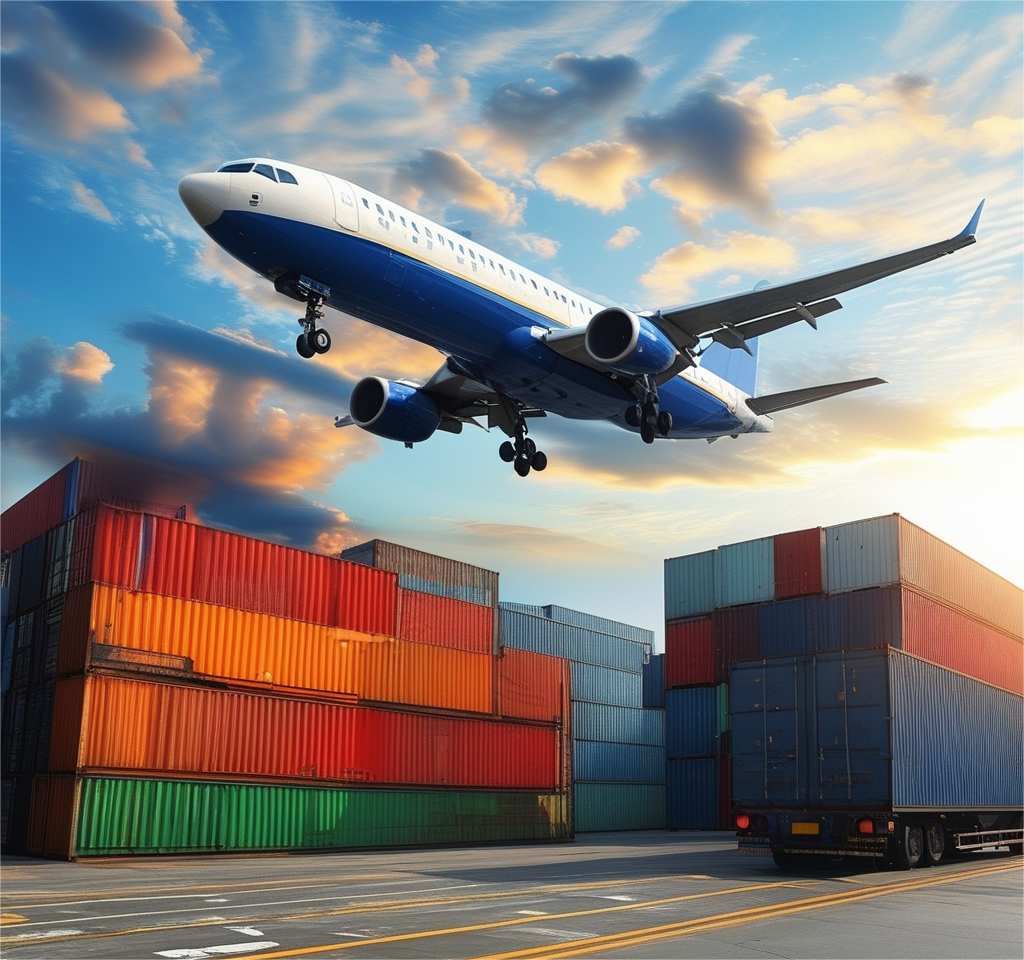When I needed to ship pharmaceuticals and perishable food items from China to the Philippines, I quickly realized that managing temperature-sensitive goods is all about timing, regulation, and the right partners.
1. Choose a Certified Forwarder from China
I worked with a certified forwarder Philippines from China who had experience handling cold chain logistics. This ensured they used temperature-controlled containers, accurate documentation, and had the proper certifications for both air and sea shipments.
2. Understand Philippines Shipping Regulations
Before shipping, I familiarized myself with Philippines shipping regulations for exporters. These included import permits from the Food and Drug Administration (FDA), packaging standards, labeling requirements, and documentation like MSDS and product certificates. This step avoided customs delays and rejections.
3. Use Proper Packaging and Monitoring Tools
For sensitive items like vaccines and frozen goods, I used insulated packaging with gel packs and real-time temperature trackers. My forwarder provided tracking for both location and temperature, which was key to quality assurance.
4. Plan for Efficient Customs Clearance
My logistics partner helped prepare the correct declarations and ensured I met all pre-arrival clearance requirements. Without this, I risked my products sitting in uncooled customs storage.
5. Coordinate Delivery with Cold Storage at Destination
Finally, I always confirm that the consignee in the Philippines has proper cold storage facilities. If not, I arrange temporary refrigerated warehousing through my logistics provider.

People Also Ask (PAA)
Q1: What documents are needed to ship temperature-sensitive goods to the Philippines?
A1: You typically need an import permit, MSDS, packing list, invoice, and possibly FDA clearance depending on the product.
Q2: Can I use sea freight for refrigerated goods?
A2: Yes, but only with reliable refrigerated containers and a certified forwarder experienced in cold chain logistics.
Q3: Are there specific customs rules for food products entering the Philippines?
A3: Yes, the Bureau of Customs and FDA require documentation proving product safety, origin, and proper labeling.
Q4: How do I know if a freight forwarder is certified for cold chain shipping?
A4: Ask for proof of certification, experience references, and whether they offer temperature tracking tools.
Q5: What happens if my goods are delayed at customs?
A5: Delays can ruin temperature-sensitive goods; having complete documents and pre-clearance arrangements reduces the risk.
